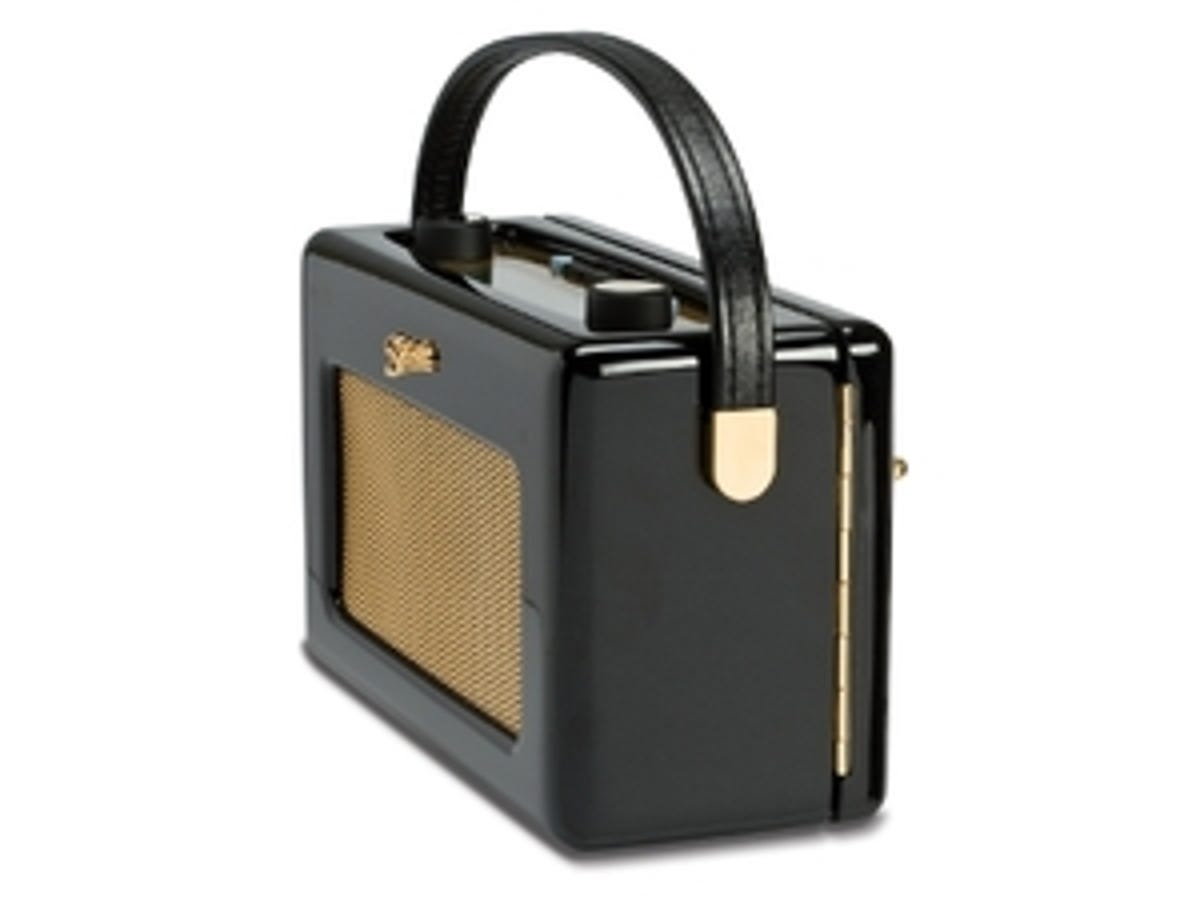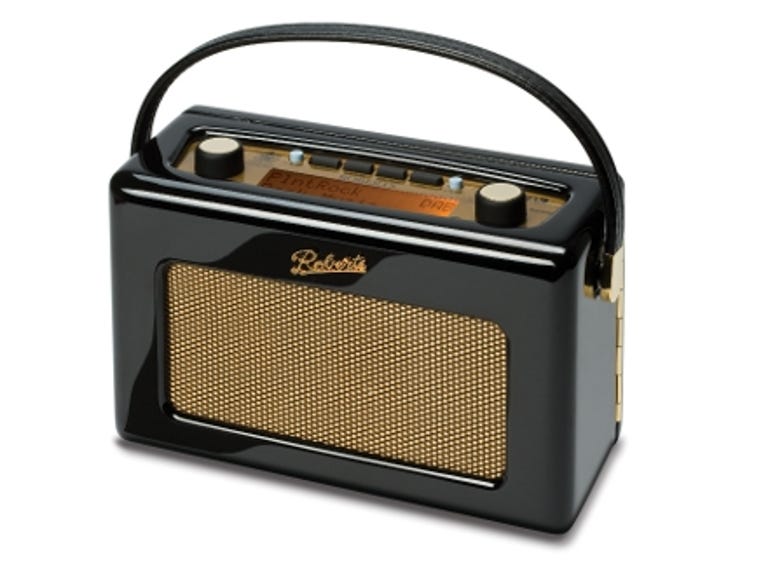 Why You Can Trust CNET
Why You Can Trust CNET Roberts Revival RD-60 review: Roberts Revival RD-60
In purely technical terms, the retro Revival RD-60 DAB radio with FM tuner isn't particularly great value for money. But, if you're a radio lover more in terms of the device than the medium, it won't disappoint -- the RD-60 feels solidly built and looks stunning
When a company can trace its roots back to 1932, it has every right to shout about it. Cue Roberts' Revival range. These retro, FM/DAB radios look like refugees from a dusty attic, but their reassuringly sturdy bodies hide one of the strongest DAB tuners we've come across. The Revival RD-60, fashioned in a classic 1950s style, costs between about £150 and £200, depending on the finish. Our black review sample sits at the top of the price scale, but all the options are expensive for a device with such conservative specs.
The Good
The Bad
The Bottom Line
Lounge lizard
You can't help comparing this radio to its similarly priced sibling, the stainless-steel Revival RD-50. The controls and features on the two models are slightly different. The RD-50, for example, has only one preset, while the RD-60 has as many as you want, plus a 'favourite' button preset to Classic FM (you can reprogram this). The payoff is that the RD-60 lacks any internal memory, whereas the RD-50 can pause live radio for up to 40 minutes.
Then you have to consider the aesthetics. The RD-50's buttons click into place, while, on the RD-60, they're spongy and dull. The RD-50 looks great in a kitchen beside your stainless-steel gadgets, but the RD-60 is more of a lounge radio. The glossy black casing is undeniably beautiful, but the gold aerial, grille and controls, which are common to all RD-60s, no matter what the finish, will probably be too 'bling' for some tastes.
Pop lacks punch
Both radios sound very good and, in isolation, you're more than likely to be happy with either, but, when you put them side by side, the RD-50 sounds slightly better. It's not a massive difference, and it could well be down to our having worn the RD-50 in with a year of almost constant use. But, while the RD-60 handles speech and classical music with aplomb, pop lacks punch. The RD-50 sounds bright, with a broad aural spectrum, but the RD-60 sounded slightly boxed-in.

With extended use, this may improve, but, in the short term, there's no way to tweak the output, as the RD-60 has no manual equaliser beyond DRC, a digital-only feature that enhances quieter sounds in a noisy environment. Plug in some headphones, though, and the RD-60 really excels. Even the stock white earbuds that Apple supplies with its iPods sound great with this radio, suggesting that the processing is spot-on when you bypass the speaker.
The RD-60 locked onto good, strong FM and DAB signals, delivering 39 DAB stations in our test area, and demonstrating minimal hiss on FM, resulting in a pleasant listening experience. Even with the aerial retracted, its grip on the digital multiplex was like a terrier on a trouser leg.
It's well-served by the standard array of ports: headphone and auxiliary-in on the top, and line-out around the back, so you can use it as a speaker for an MP3 player or pipe its output to a better set of speakers.
Where are the guts?
The case is made of wood, and feels sturdy and well-built, while the soft leather handle is comfortable in your hand. There's a clasp on one side of the case and hinges on the other. Together they secure the whole of the back. Open up the radio and its insides are laid bare. There's not much to see beyond the speaker, a paucity of cables and housing for four D-cell batteries.
The sparse interior comes as something of a shock. You can make DAB radios as small as a matchbox, but, when you're paying this much for a device with so few parts -- and one that doesn't pause, record or have an electronic programme guide -- you can't help but question its value for money.
Fortunately, the RD-60's beauty more than makes up for its lack of brains. This isn't the kind of radio you buy for what it does -- it's how it looks when it's doing it that tempts the cash from your pocket.
Roberts touts the RD-60's green credentials, claiming this low-power-drain device should run for 120 hours on a fresh set of batteries. If you'd rather run it on mains power, there's an adaptor in the box.
Conclusion
If you're a radio lover more in terms of the device than the medium, you owe it to yourself to add the beautiful Revival RD-60 to your line-up. It's not the best digital radio you can buy, and it's not even the best in Roberts' range, but it looks stunning. When you're buying a retro radio, that's what really counts.
Edited by Charles Kloet
